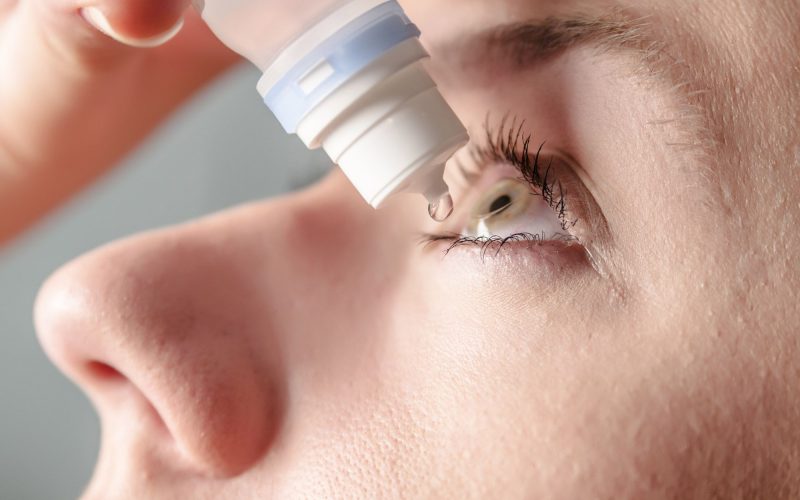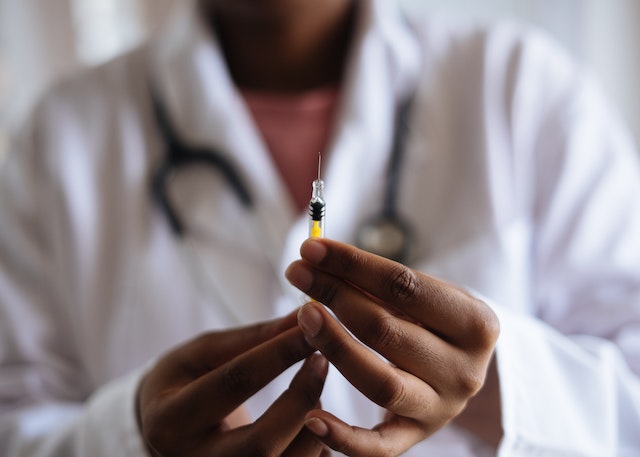Understanding Dry Eye Syndrome
Dry eye syndrome is a prevalent condition that affects millions of people worldwide, causing discomfort, irritation, and sometimes even vision impairment. It occurs when the eye does not produce enough tears or when the tears evaporate too quickly. This leads to a lack of lubrication and moisture on the surface of the eye, resulting in symptoms such as redness, stinging, burning, and a gritty sensation. Explore the Feeling Of blocked Ears
Symptoms of Dry Eye Syndrome
Recognizing the Signs
- Redness: The eyes may appear red or bloodshot due to irritation.
- Stinging or Burning Sensation: Patients often report feeling a burning or stinging sensation in their eyes.
- Grittiness: Some individuals describe a feeling of having sand or grit in their eyes.
- Excessive Tearing: Paradoxically, dry eye syndrome can sometimes lead to excessive tearing as the eyes try to compensate for the lack of moisture.
- Blurred Vision: Vision may become blurred, especially when reading or using digital screens.

Conventional Treatments vs. Innovations
Historically, treatments for dry eye syndrome have focused on symptom management rather than addressing the underlying cause. Artificial tears, lubricating eye drops, and lifestyle modifications such as taking frequent breaks from screens and using humidifiers are common strategies for managing symptoms.
Limitations of Conventional Treatments
While these treatments can provide temporary relief, they often fail to provide long-term solutions for patients with chronic dry eye syndrome. Additionally, some individuals may experience side effects or find the need for frequent administration of eye drops inconvenient.
The Rise of Innovative Therapies
Fortunately, recent years have seen significant advancements in the field of dry eye therapy, with the development of innovative treatments aimed at addressing the root causes of the condition. These advancements offer new hope for patients struggling to find effective relief from their symptoms.
Novel Approaches to Dry Eye Therapy
LipiFlow® Thermal Pulsation System
One such innovation is the LipiFlow® Thermal Pulsation System, a revolutionary treatment designed to target the leading cause of evaporative dry eye: meibomian gland dysfunction (MGD). This FDA-approved device applies controlled heat and gentle pressure to the eyelids, liquefying and expressing blockages in the meibomian glands to restore proper oil flow and tear film stability.
TearCare® System
Another promising development is the TearCare® System, which delivers localized heat therapy directly to the eyelids, similar to LipiFlow®. However, TearCare® offers the added benefit of customizable treatment parameters, allowing clinicians to tailor therapy to each patient’s unique needs for optimal results.
Prescription Therapies
In addition to procedural treatments, several prescription medications have emerged as effective options for managing dry eye syndrome. These include anti-inflammatory agents such as corticosteroids and immunomodulators, as well as novel formulations of traditional medications designed for enhanced efficacy and tolerability.

Dry Eye Therapies
| Treatment | Mechanism | Advantages | Disadvantages |
|---|---|---|---|
| LipiFlow® System | Applies heat and pressure to eyelids | – Targets MGD, a leading cause of dry eye | – Requires specialized equipment |
| TearCare® System | Delivers localized heat therapy | – Customizable treatment parameters | – Limited availability |
| Prescription Meds | Anti-inflammatory agents | – Effective for managing inflammation | – Potential side effects |
The Future of Dry Eye Therapy
As research into the underlying mechanisms of dry eye syndrome continues to advance, so too will the development of innovative therapies. From gene therapy to stem cell transplantation, the possibilities for future treatments are vast and promising.
Personalized Medicine
One area of particular interest is personalized medicine, wherein treatment plans are tailored to each patient’s unique physiology and genetic makeup. By taking into account individual factors such as tear composition, inflammatory markers, and environmental triggers, clinicians can develop more targeted and effective interventions for managing dry eye syndrome.
Technology Integration
Advancements in technology are also driving progress in the field of dry eye therapy. Wearable devices, such as smart contact lenses equipped with sensors to monitor tear production and quality, hold the potential to revolutionize how we diagnose and manage the condition.
Conclusion
In conclusion, the landscape of dry eye therapy is evolving rapidly, with innovative treatments offering new hope for patients suffering from this common yet often debilitating condition. From advanced procedural interventions to personalized medicine and cutting-edge technologies, the future looks promising for those seeking relief from dry eye syndrome. By staying informed and embracing these innovations, both patients and clinicians can work together to achieve clearer vision and improved quality of life.










